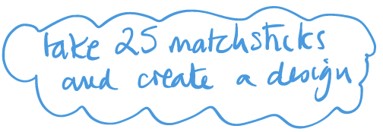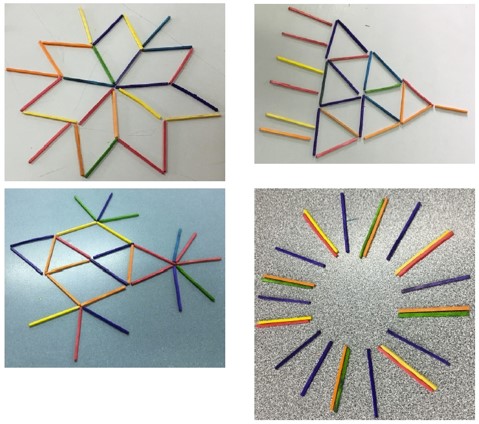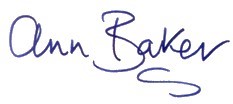Exciting Week Zero
Week zero was a whirlwind of excitement, teachers:
- catching up after the holiday,
- talking excitedly about their new classes and new start,
- planning and organizing in preparation for a new year.
It was invigorating!
There are common themes being asked for as we work with schools and partnerships this year and they are:
- Trusting the count
- Place value
- Formative assessment and planning in line with John Hattie’s ‘know thy impact’
- Problem solving
- Differentiation
A trusting the count and early place value activity
I thought I would share one of the trusting the count activities from last week with you. Teachers were asked to

Doesn’t sound like much does it? But wait, it was a very rich activity that can be quite revealing at any level. Even watching adults, I could see:
- who counted slowly by ones and who had to double check because they did not trust the count or because they made a disorganised shemozzle with their sticks,

- who took some, subitized and then counted on,
- who counted and set out in 2s with one left over,
- who used 5 as a countable unit, some colour coding in 5s as they did so, and in one instance making subitizable tallies.

And yes, we did have one teacher who only took 24 and couldn’t understand why she didn’t have an ‘odd one out’ like everybody else. Well it was first day back, got to get the brain back into gear.
When you do this with your class, imagine what it might reveal about your students and where they are in their ability to trust the count and plan to use 2s, 5s or 10s as countable units when they take the matchsticks.
Why ask for a design?
Well, a design is open-ended and can include, figurative or non-figurative designs as well as patterns. Observations of preschool children as they play with shapes and blocks shows that they are already experimenting with symmetry, with parallel, vertical and horizontal lines as well as with fitting shapes together and matching one to one to create balance. Why not combine counting and quantifying activities with spatial mapping as we work with quantities.
Again, watching the teachers demonstrated the richness that this activity has. We saw teachers
- struggle to create symmetrical designs, not so easy when an odd number is given
- notice shapes within shapes and begin to count, e.g., how many triangles had been made
- notice and want to explore the patterns within their designs and try some algebra to do so
- move from regular shapes to irregular shapes and back again.
One teacher said
“Pentagons do not tessellate.”
But someone from the other side of the room called out
“Mine do.”
Her’s were house shaped.

Trying to count how many sticks in different parts of the design to check that 25 matches were indeed used led to conversations about where to start so as not to get confused or how to keep track of what was already counted. And many of the designs where just brilliant!

We had to stop the teachers long before they had exhausted the mathematical aspects of the task unfortunately and the conversation drew out many aspects of counting and quantifying and noticing the spatial mapping of the 25 sticks and the part that this plays in trusting the count and early place value.
Authentic Activity
We call this type of activity authentic because the students see the point of counting, checking, recounting and reorganising their sticks intrinsically interesting and worthwhile. Another bonus, to differentiate just change the quantity or the material.
Our new resource Early Place Value has many more worthwhile problems and activities so head over and have a look at the free samples. There is a new trusting the count product on its way too, so watch this space.
Have the best school year ever!
Best wishes

